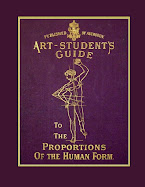Showing posts with label human figure in motion. Show all posts
Showing posts with label human figure in motion. Show all posts
Monday, January 3, 2011
How to Draw Posture and Balance in the Figure making a Forceful Motion
Sunday, December 26, 2010
How to Draw the Human Figure in Motion and How to Draw Action Figures
 |
| Click on the picture to see the animated version |
The animated example here is derived from Eadweard Muybridge
The dots represent the joints and the lines represent the bones. By reducing the figure to this simple form a framework can be built to represent movement. The Biomotion Lab Walker is an interesting example on the web of how to reduce a figure to its bare essentials, this example produces the illusion of movement with only dots representing the joints. The example goes farther and allows you to experiment with faster and slower movement and a male or female figure.
This is the basic structure for animation, for motion capture and for rendering computer animation for motion pictures and game animation.
Saturday, February 27, 2010
Fencing School
Fencing School
Muybridge 's Fencing Photographs at Kingston Museum.
's Fencing Photographs at Kingston Museum.

 The Male and Female Figure in Motion: 60 Classic Photographic Sequences
The Male and Female Figure in Motion: 60 Classic Photographic Sequences
Subscribe to:
Posts (Atom)





















